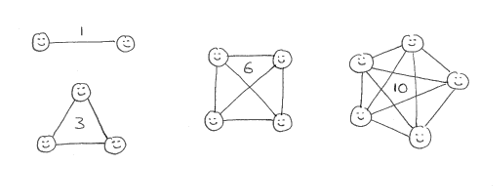Sometimes when you’re programming (or working on any project, really) you’ll discover some feature or issue that requires a lot of work to do properly. It’s often something that you completely overlooked during your initial design work, a tricky bug that came up during testing, or a use case that only some users will find.
A few months ago I made a simple Rubik’s Cube page and put it up on the web. More recently, I discovered it had a bug; a pretty serious bug that meant it wasn’t doing at all what it was supposed to be doing, namely simulating an actual Rubik’s Cube. Fixing it was hard. It meant rethinking the entire design of my code. I spent more time fixing this bug than I did on the entire first version of the project. At the moment I’m wrestling with a similar issue on my current project. To make it work well in 100% of all possible use cases is taking considerably longer than it took to make it work 80% right. Programming projects are full of these types of issues that look simple until you start working on them and realise they’re not. Continue reading

 The books use the programming language
The books use the programming language 